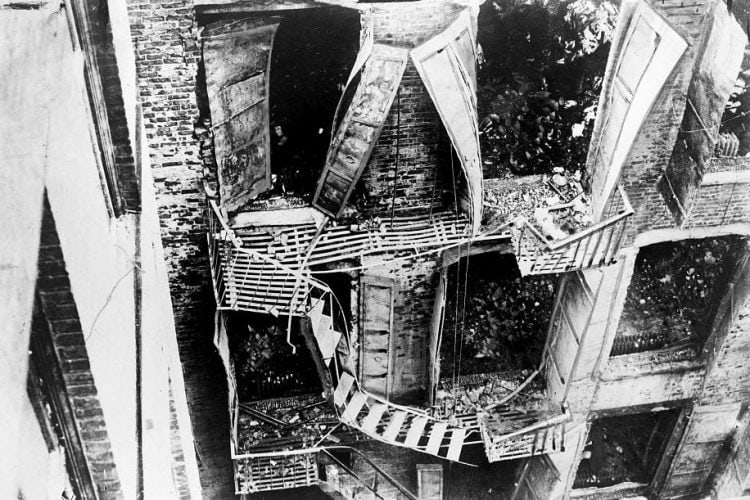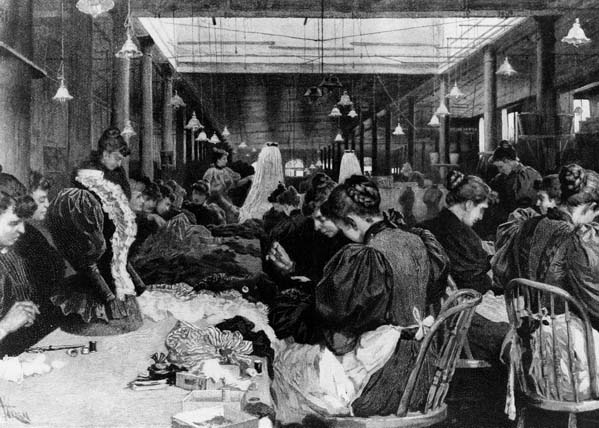SAFETY REFORMS
Home
Thesis
Historical Context
Fire
Labor Unions
Child Labor
Safety Reforms
Conclusion
Annotated Bibliography
Process Paper
If Max Blanck and Isaac Harris had taken into consideration the dangers in their factory and listened to the complaints made against it, there would not have been as many deaths during the Triangle Factory fire. In a newspaper article (New York Tribune: March 26, 1911) it said, “Fire Chief Edward Croker blames the high casualty count on insufficient fire escapes and stairways, a lack of sprinklers and the fact that doors had been sealed shut. 'This calamity is just what I have been predicting,' he says."
“I have been advocating and agitating that fire escapes be put on buildings just such as this. This large loss of life is due to this neglect.” -Edward Croker
The fire broke through the workplace safety conditions barrier, and has influenced our safety in workplaces today. After the fire, Francis Perkins helped to launch a factory investigating committee which investigated factory conditions and child labor. In over 2000 factories in nine states they found similar working conditions as in the Triangle.
Some reforms that have been put in place since then are: doors must be unlocked during working hours; buildings need to have automatic fire sprinklers and fire hoses that are in good working condition; mandatory fire escapes need to be installed--and there should be more than one; and doors should open outward to make escape easier in case of an emergency. These reforms have helped save many lives since then, and will help prevent future calamities such as the Triangle Shirtwaist Factory fire.

Damaged fire escape.
Photograph Courtesy of Cornell University

Crowded factory conditions.
Photograph Courtesy of Cornell University
Layout of the Safety Issues at the
Triangle Shirtwaist Factory
Illustration courtesy of Cornell University